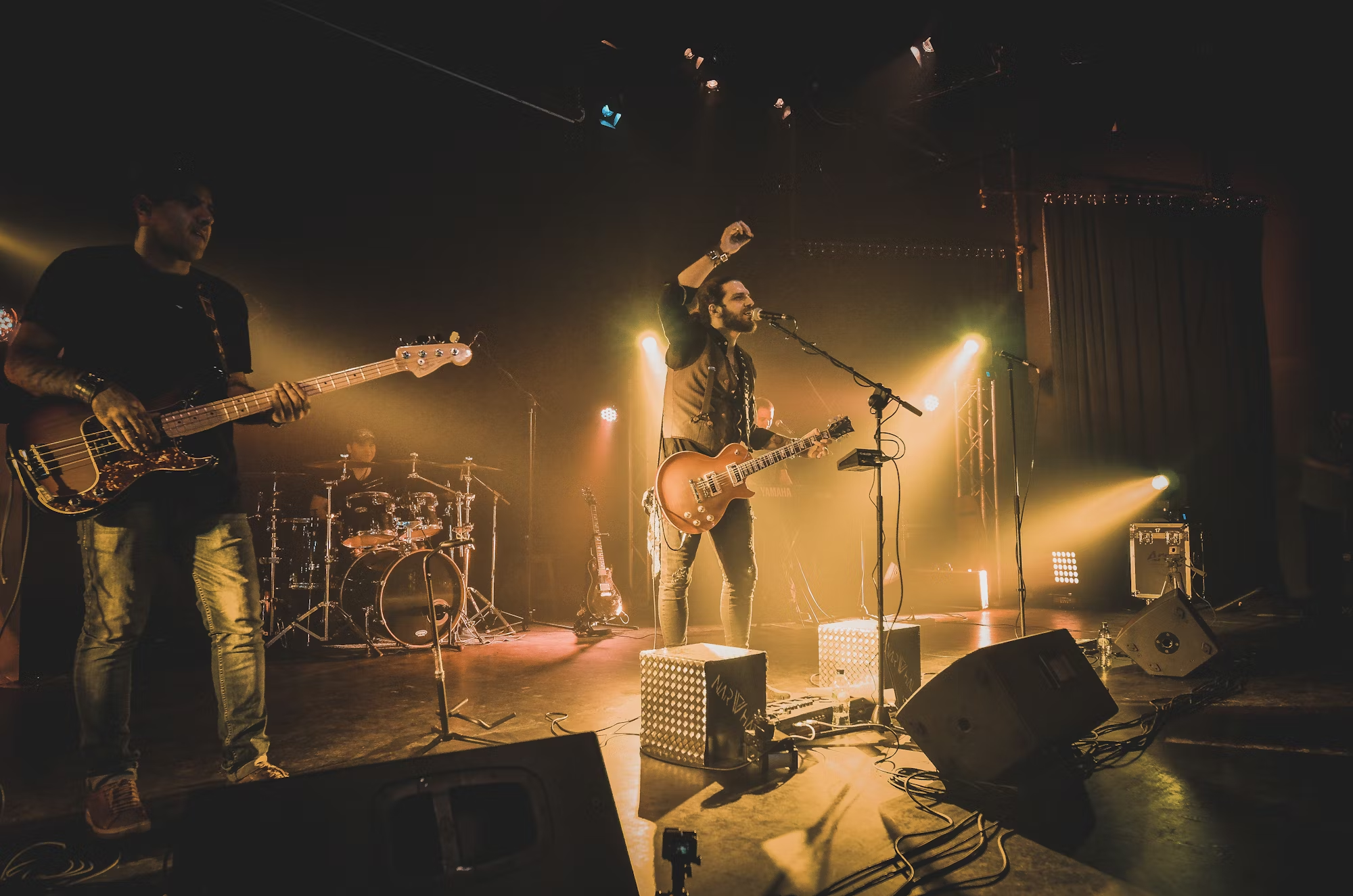Collaboration is a powerful force in the music industry, driving innovation and creativity while forging connections between artists, genres, and cultures. From iconic duets to groundbreaking albums, the synergy created through collaboration has led to some of the most memorable moments in music history. This article delves into the art of collaboration in the music industry, examining its importance, notable partnerships, and the creative processes that bring artists together.
The Importance of Collaboration
Collaboration in music goes beyond simply working together; it involves the blending of ideas, experiences, and skills to create something unique. For artists, collaborating can lead to fresh perspectives and inspiration that may not emerge in solo work. It allows musicians to explore different genres, experiment with new sounds, and reach wider audiences.
Moreover, collaboration often leads to increased exposure for all parties involved. When artists from different backgrounds come together, they can introduce their fan bases to each other’s work, expanding their reach and influence. This cross-pollination of audiences is vital in an industry that thrives on trends and innovation.
Notable Collaborations in Music History
The history of music is filled with remarkable collaborations that have left an indelible mark on the industry. One such example is the partnership between Elton John and Bernie Taupin. Their collaboration has produced numerous hits over decades, showcasing how a lyricist and composer can complement each other’s strengths. Their ability to weave together poignant lyrics and memorable melodies has resulted in timeless classics that resonate with generations.
Another iconic collaboration is between Freddie Mercury and David Bowie on the song “Under Pressure.” This track exemplifies the magic that can happen when two powerful voices and songwriting talents come together. The fusion of their distinct styles not only created a hit but also a lasting anthem that continues to be relevant today.
In more recent times, collaborations between artists across genres have become increasingly common. For instance, the partnership between Lil Nas X and Billy Ray Cyrus on “Old Town Road” blended country and hip-hop, defying traditional genre boundaries and reaching an unprecedented level of commercial success. This collaboration showcased the potential for genres to evolve through unexpected partnerships, breaking down barriers and bringing diverse sounds to mainstream audiences.
The Creative Process of Collaboration
While the results of collaboration can be extraordinary, the creative process itself can be complex. Artists must navigate differing visions, styles, and personalities to find common ground. Effective communication is essential; artists often need to articulate their ideas and remain open to the perspectives of their collaborators.
The collaborative process can take various forms. Some artists prefer to work in the same physical space, allowing for spontaneous creativity and immediate feedback. Others might collaborate remotely, sharing ideas and files online. This digital age has made it easier for artists from different parts of the world to come together, leading to innovative projects that transcend geographical limitations.
An example of this is the collaboration between Swedish DJ Avicii and American singer Aloe Blacc on the song “Wake Me Up.” Despite working in different locations, they created a global hit that blended electronic and folk elements, demonstrating how distance can be bridged through technology and a shared vision.
Challenges in Collaborative Work
While collaboration can yield incredible results, it is not without its challenges. Artists may face creative differences that can lead to tension or conflict. It’s important for collaborators to establish a clear understanding of their roles and expectations from the outset to mitigate misunderstandings.
Moreover, navigating the business side of collaboration can be tricky. Issues such as copyright, royalties, and credits must be discussed openly to avoid disputes later on. Successful collaborations often require legal agreements to outline each party’s contributions and rights, ensuring that everyone is fairly compensated for their work.
The Impact of Collaboration on Fans
Collaborations not only influence the artists involved but also have a profound effect on fans. When two beloved artists come together, it generates excitement and anticipation among their audiences. Fans often celebrate these partnerships, creating buzz on social media and discussing the potential outcomes of the collaboration.
Additionally, collaborations can foster a sense of community among fans. When different fan bases unite over a collaboration, it can lead to the sharing of experiences, ideas, and cultures. This communal aspect of collaboration enriches the overall music experience, as fans engage with a broader spectrum of musical styles and influences.
The Future of Collaboration in Music
As the music industry continues to evolve, the potential for collaboration is limitless. With the rise of digital platforms and social media, artists have unprecedented opportunities to connect and create. Genres will likely continue to blend, leading to new sounds and styles that challenge conventional definitions of music.
Moreover, the future may see an increase in collaborative projects that emphasize inclusivity and diversity. As the industry becomes more aware of the importance of representation, artists from underrepresented backgrounds may find new platforms to collaborate and share their stories. This shift will not only enrich the music landscape but also foster a greater understanding of different cultures and experiences.
Conclusion
The art of collaboration is a cornerstone of the music industry, driving creativity and innovation while connecting artists and audiences alike. From iconic partnerships to experimental projects, collaboration has produced some of the most memorable moments in music history. As artists continue to explore new possibilities through collaboration, the future of music promises to be vibrant, diverse, and full of exciting surprises. Embracing the spirit of collaboration can lead to a richer, more dynamic musical experience for everyone involved.
